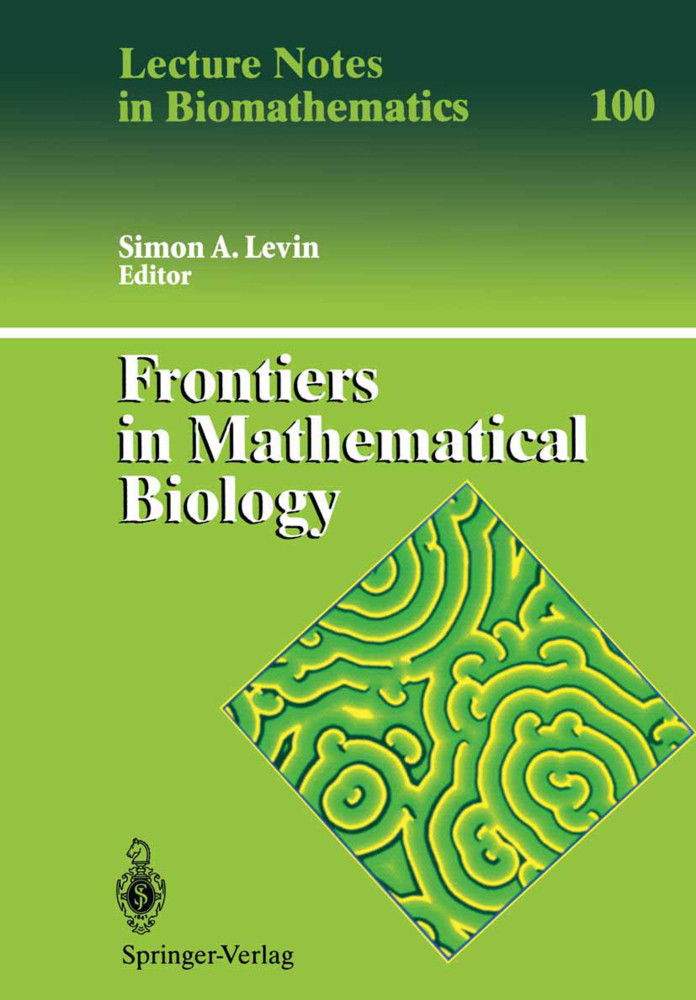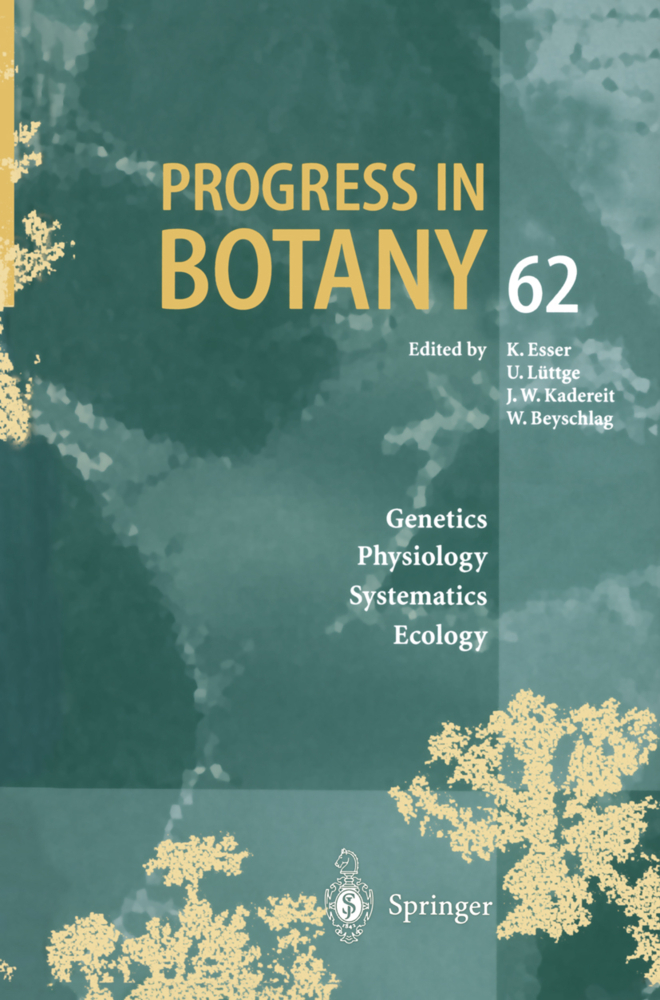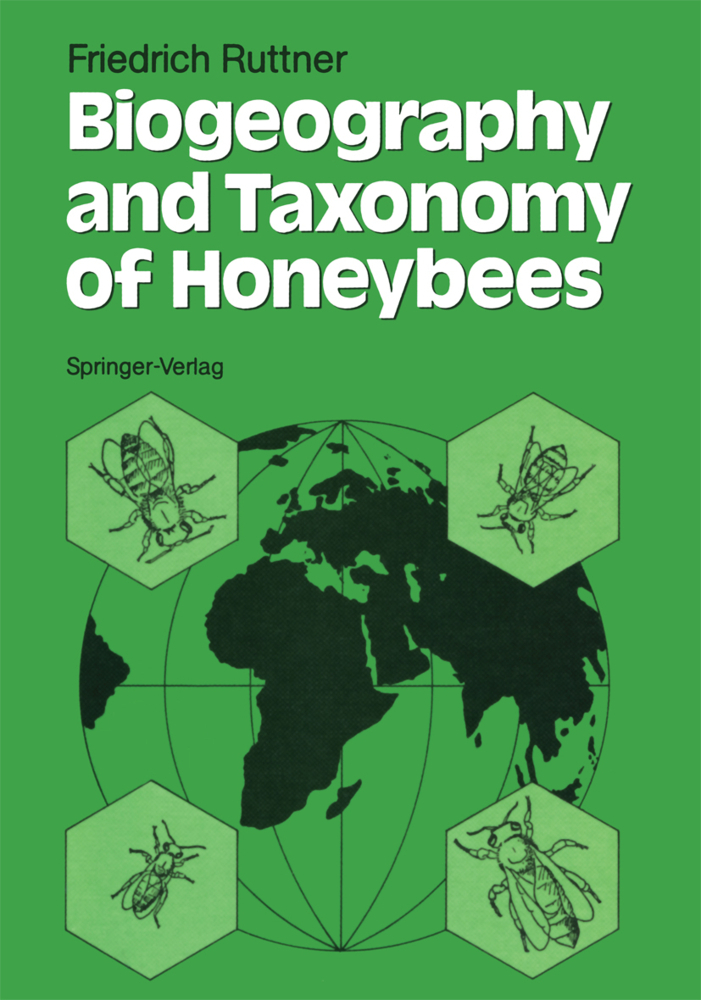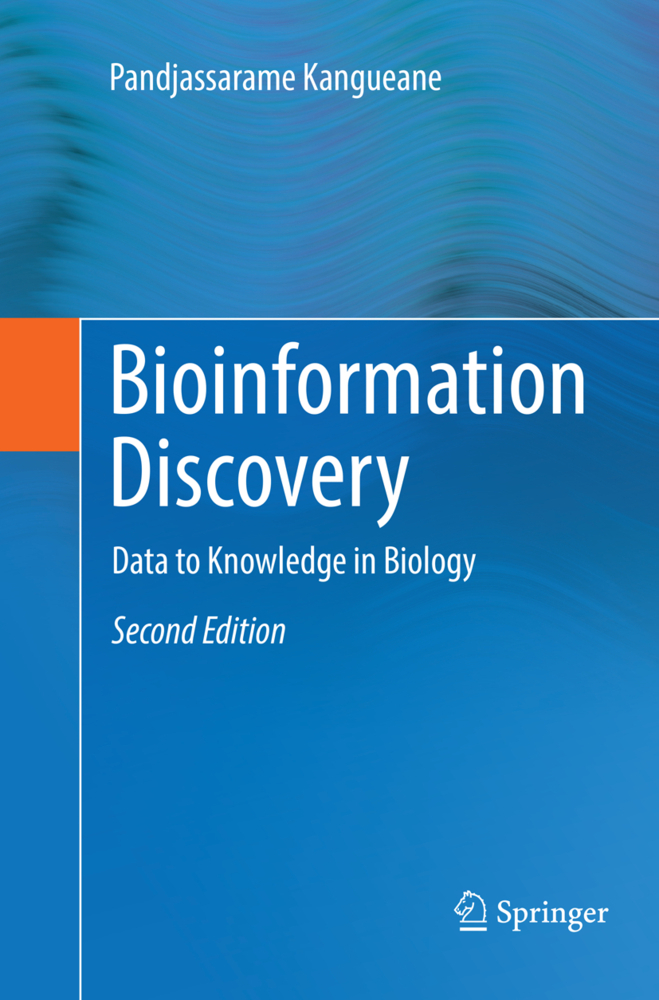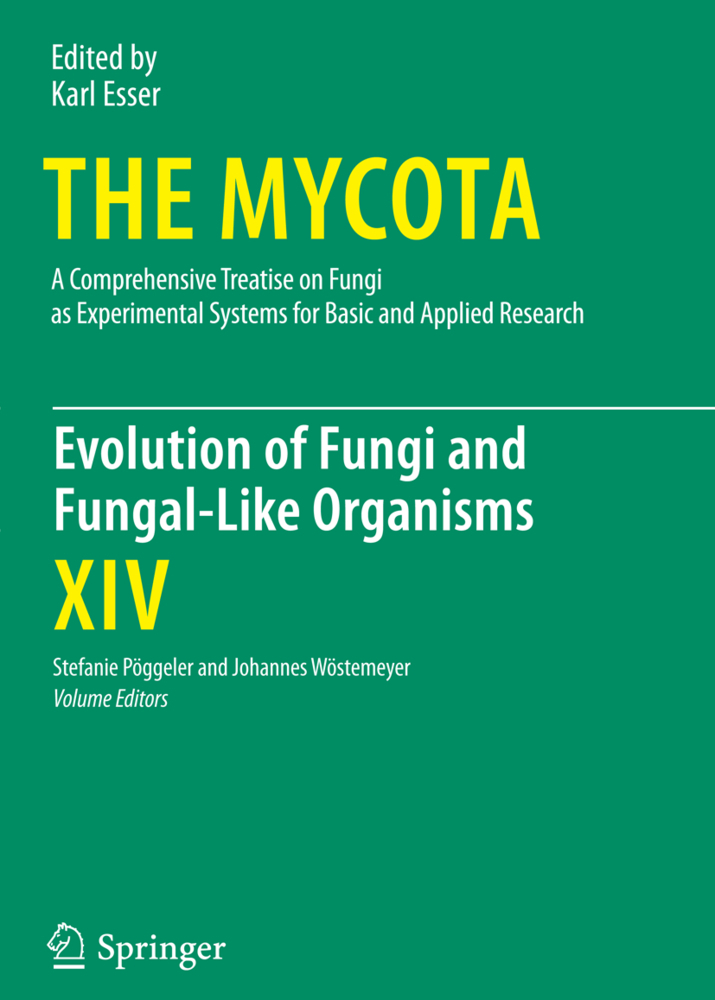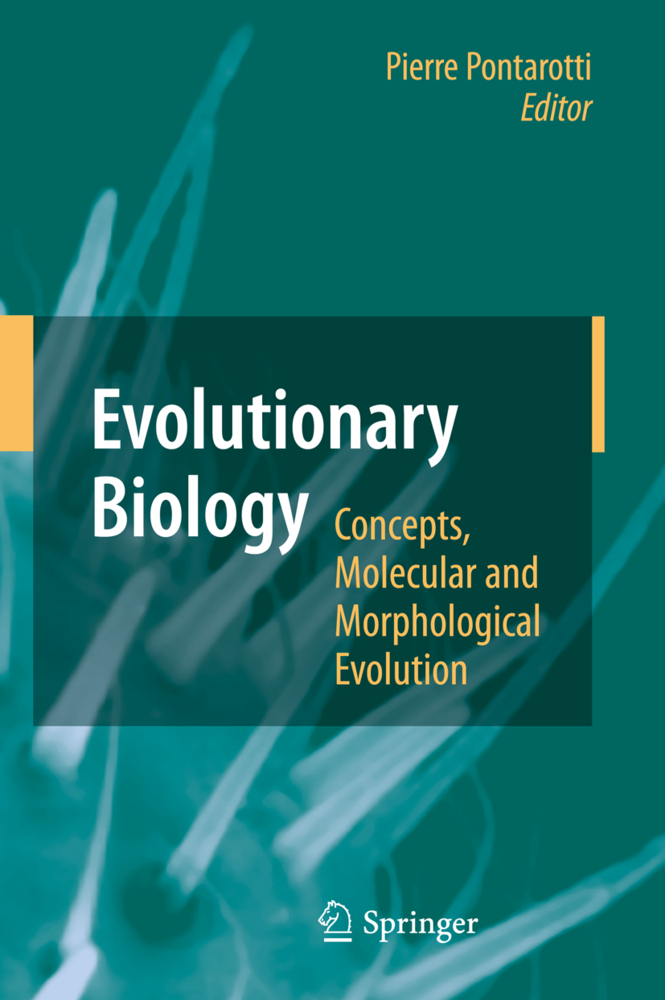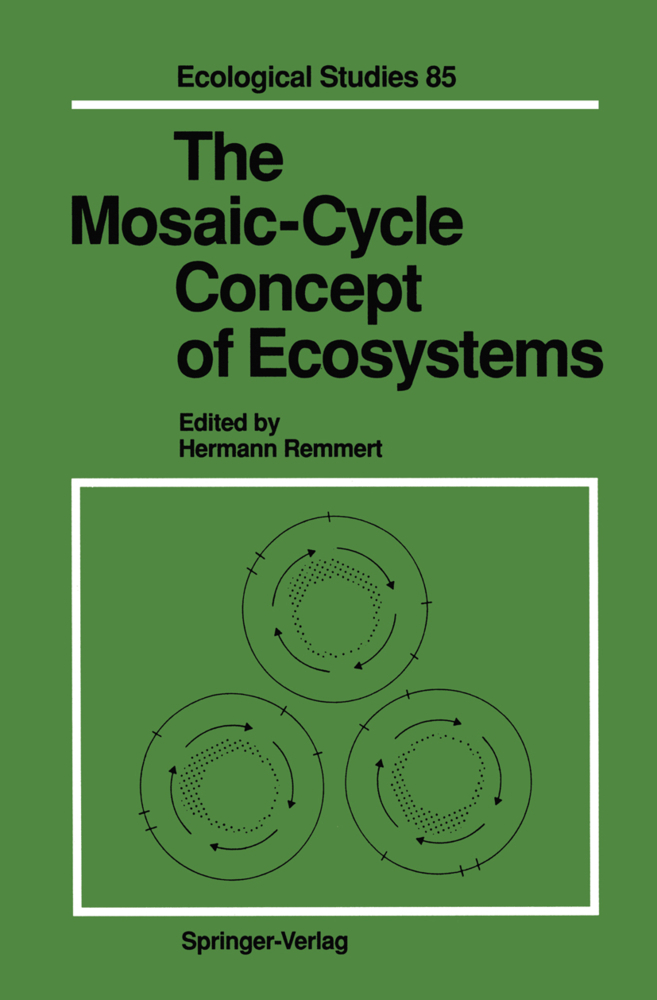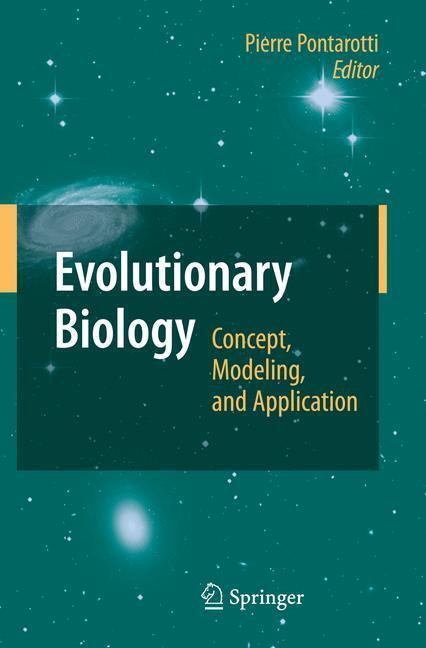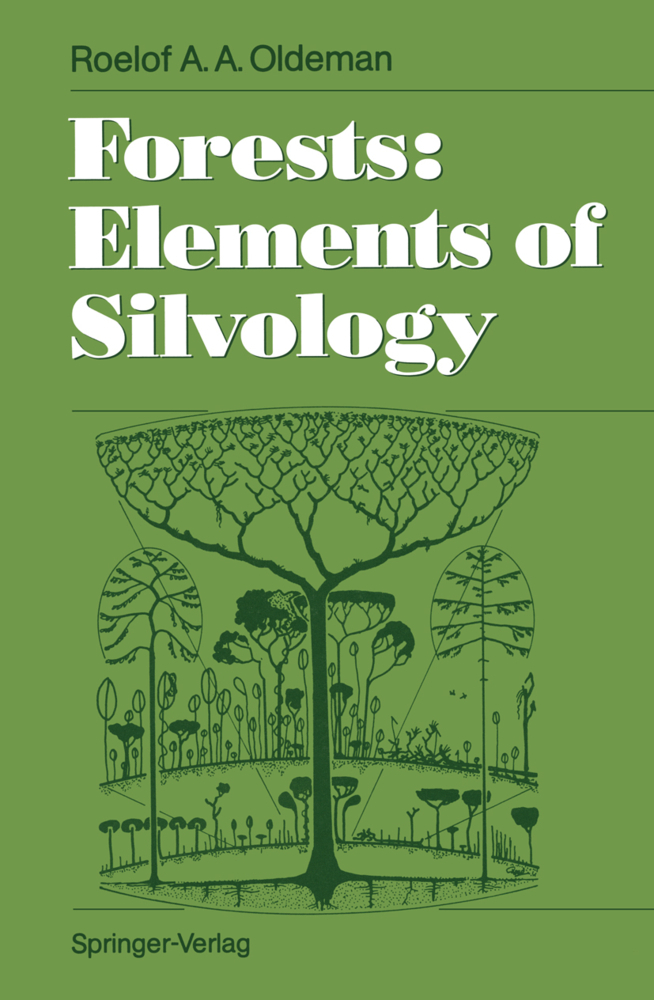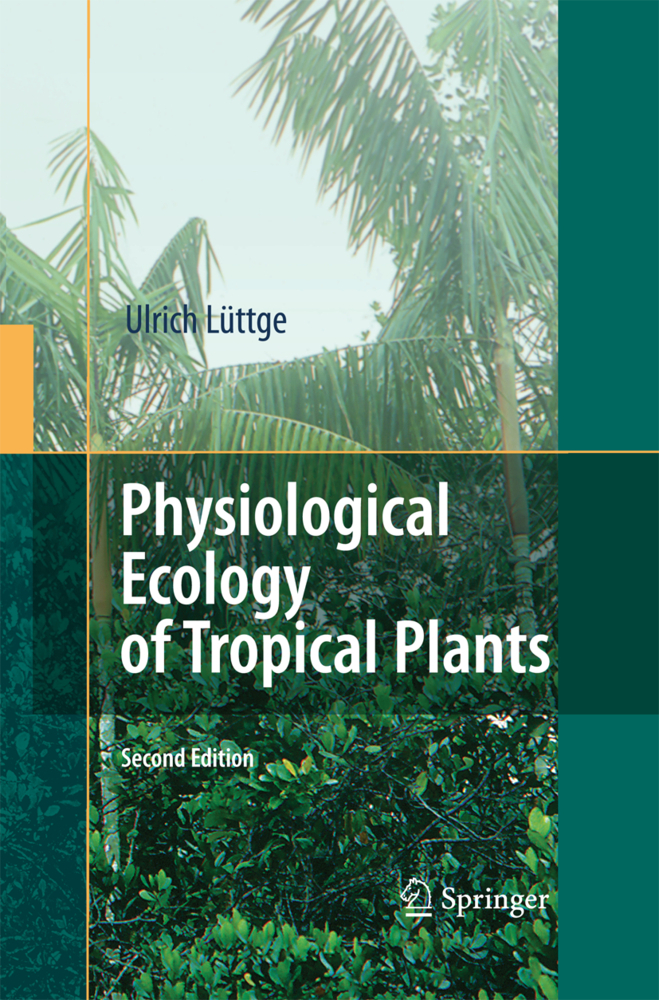Frontiers in Mathematical Biology
Frontiers in Mathematical Biology
From a mathematical point of view, physiologically structured population models are an underdeveloped branch of the theory of infinite dimensional dynamical systems. We have called attention to four aspects: (i) A choice has to be made about the kind of equations one extracts from the predominantly verbal arguments about the basic assumptions, and subsequently uses as a starting point for a rigorous mathematical analysis. Though differential equations are easy to formulate (different mechanisms don't interact in infinites imal time intervals and so end up as separate terms in the equations) they may be hard to interpret rigorously as infinitesimal generators. Integral equations constitute an attractive alternative. (ii) The ability of physiologically structured population models to increase our un derstanding of the relation between mechanisms at the i-level and phenomena at the p-level will depend strongly on the development of dynamical systems lab facilities which are applicable to this class of models. (iii) Physiologically structured population models are ideally suited for the for mulation of evolutionary questions. Apart from the special case of age (see Charlesworth 1980, Yodzis 1989, Caswell 1989, and the references given there) hardly any theory exists at the moment. This will, hopefully, change rapidly in the coming years. Again the development of appropriate software may turn out to be crucial.
Genomes, Maps and Sequences
Cell Protrusions
Cell Motion and Orientation: Theories of Elementary Behavior Between Environmental Stimulation and Autopoietic Regulation
II. Frontiers in Organismal Biology
Pattern Formation in Tissue Interaction Models
Toward Artificial Competence
Norbert Wiener's Brain Waves
Puzzles About Excitable Media and Sudden Death
Immune Networks and Immune Responses
III. Frontiers in Evolutionary Biology
Evolution of Gene Families: A Clue to Some Problems of Neo-Darwinism
The Changing Role of Population Genetics Theory
Some Advantages and Disadvantages of Recombination
The Morphometric Synthesis: A Brief Intellectual History
Behavioral Ecology, Epidemiology and Population Genetics: The Undiscovered Country
IV. Frontiers in Population Ecology
Stochastic Demography and Life Histories
On the Reciprocal Relationship Between Life Histories and Population Dynamics
Structured Population Dynamics
Modelling Social Animal Aggregations
Spatial Chaos and its Role in Ecology and Evolution
V Frontiers in Community and Ecosystem Ecology
Speculations on the Future of Food Webs
Lorenzo Camerano's Contribution to Early Food Web Theory
On the Equilibrium of Living Beings by Means of Reciprocal Destruction
Frontiers in Ecosystem Science
Individual-Oriented Approaches to Modeling Ecological Populations and Communities
A Metaphysiological Approach to Modeling Ecological Populations and Communities
The Trophodynamics of Whole Ecological Communities
Modeling Contact Structures in Biology
VI. Frontiers in Applied Biology
Conservation and SpatialStructure: Theoretical Approaches
A Thousand and One Epidemic Models
Uncertainty and Fisheries Management
Ecological Risk Assessment in Aquatic Populations and Communities: The Next Generation
VII. Mathematical Challenges
Health Information in Developing Countries
What Everyone Should Know About the Belousov-Zhabotinsky Reaction
Avoiding Chaos
Model Building as an Inverse Problem in Biomathematics
Some Remarks on Estimation Techniques for Size-Structured Population Models.
I. Frontiers in Cell and Molecular Biology
Reflections on Mathematical Contributions to Understanding the Molecular Basis of Life From 1970 to the 21 st CenturyGenomes, Maps and Sequences
Cell Protrusions
Cell Motion and Orientation: Theories of Elementary Behavior Between Environmental Stimulation and Autopoietic Regulation
II. Frontiers in Organismal Biology
Pattern Formation in Tissue Interaction Models
Toward Artificial Competence
Norbert Wiener's Brain Waves
Puzzles About Excitable Media and Sudden Death
Immune Networks and Immune Responses
III. Frontiers in Evolutionary Biology
Evolution of Gene Families: A Clue to Some Problems of Neo-Darwinism
The Changing Role of Population Genetics Theory
Some Advantages and Disadvantages of Recombination
The Morphometric Synthesis: A Brief Intellectual History
Behavioral Ecology, Epidemiology and Population Genetics: The Undiscovered Country
IV. Frontiers in Population Ecology
Stochastic Demography and Life Histories
On the Reciprocal Relationship Between Life Histories and Population Dynamics
Structured Population Dynamics
Modelling Social Animal Aggregations
Spatial Chaos and its Role in Ecology and Evolution
V Frontiers in Community and Ecosystem Ecology
Speculations on the Future of Food Webs
Lorenzo Camerano's Contribution to Early Food Web Theory
On the Equilibrium of Living Beings by Means of Reciprocal Destruction
Frontiers in Ecosystem Science
Individual-Oriented Approaches to Modeling Ecological Populations and Communities
A Metaphysiological Approach to Modeling Ecological Populations and Communities
The Trophodynamics of Whole Ecological Communities
Modeling Contact Structures in Biology
VI. Frontiers in Applied Biology
Conservation and SpatialStructure: Theoretical Approaches
A Thousand and One Epidemic Models
Uncertainty and Fisheries Management
Ecological Risk Assessment in Aquatic Populations and Communities: The Next Generation
VII. Mathematical Challenges
Health Information in Developing Countries
What Everyone Should Know About the Belousov-Zhabotinsky Reaction
Avoiding Chaos
Model Building as an Inverse Problem in Biomathematics
Some Remarks on Estimation Techniques for Size-Structured Population Models.
Levin, Simon A.
Perlin, E.
Levin, C.
| ISBN | 978-3-642-50126-5 |
|---|---|
| Artikelnummer | 9783642501265 |
| Medientyp | Buch |
| Copyrightjahr | 2012 |
| Verlag | Springer, Berlin |
| Umfang | X, 633 Seiten |
| Abbildungen | X, 633 p. |
| Sprache | Englisch |

